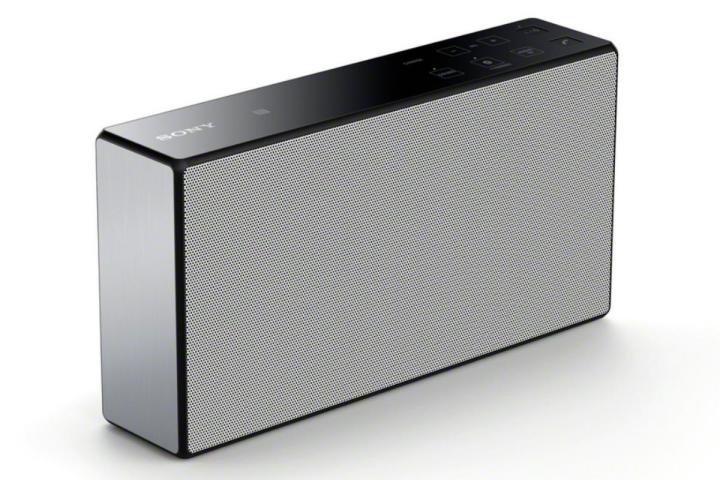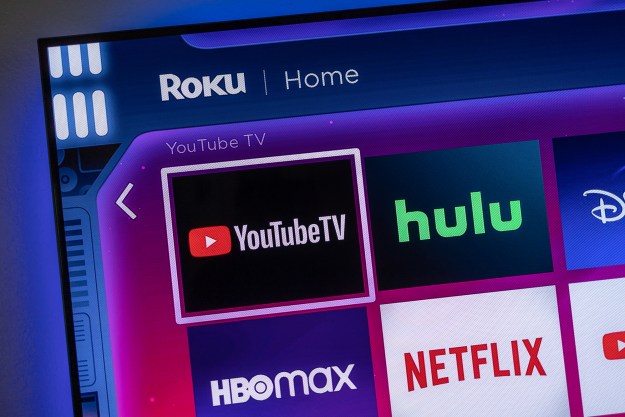
These days, it seems that many audio companies release lines of products in which the individual models vary only in wattage and physical size — “Papa Bear, Mama Bear, and Baby Bear,” so to speak. Sony goes against this grain with its new trio of portable Bluetooth speakers, all of which have different sets of specific advantages and disadvantages.
Just because you can afford the most expensive model doesn’t necessarily mean you should automatically opt for it — your personal preferences one of its perfectly capable younger siblings may suit your needs.
The $700, 154-watt SRS-X9 is the top dog of the three, and is the only one capable of high-resolution music file playback — it supports WAV files up to 192kHz/24-bit, PCM FLAC up to 192/24, and PCM up to 192/34, according to info gleaned from Sony’s online product comparison tool, which we set up to automatically compare the three models. You’ll get one speaker for each $100 you spend on the X9 — it’s a three-way, seven-driver system with super tweeters, midrange drivers, a bi-amplified subwoofer and dual passive radiators … phew.
Both the X9 and the $300 SRS-X7, are compatible with Wi-Fi, AirPlay, DLNA, Bluetooth, and online streaming services.
The two-way X7 cranks out 32 watts via three drivers and is, and is more portable than the X9, which you’ll have to charge with an AC adapter. Both the X7 and the SRS-X5, the $200 “Baby Bear,” have built-in rechargeable batteries with six- and eight-hour charge lengths, respectively.
Sony’s X5, also two-way, is the smallest and most portable, with 20 watts and a built-in sub and microphone, allowing it to moonlight as a speakerphone.
This SRS line was developed in collaboration with Sony Music, and each model can connect to NFC-enabled Bluetooth smartphones, tablets, computers, etc. Codec-wise, they’re also AptX- and AAC- compatible. Finally, they all feature Sony’s proprietary Digital Sound Enhancement Engine, as well as the ClearAudio+ and S-Master Digital Amplifier technologies.
If you decide to buy one or more of these bad boys, you may also want to download the SongPal app for online music capabilities.
Editors' Recommendations
- Sony’s new wireless neckband speakers sport Dolby Atmos
- This Sony Bluetooth speaker is a must-have at just $30 for Black Friday


